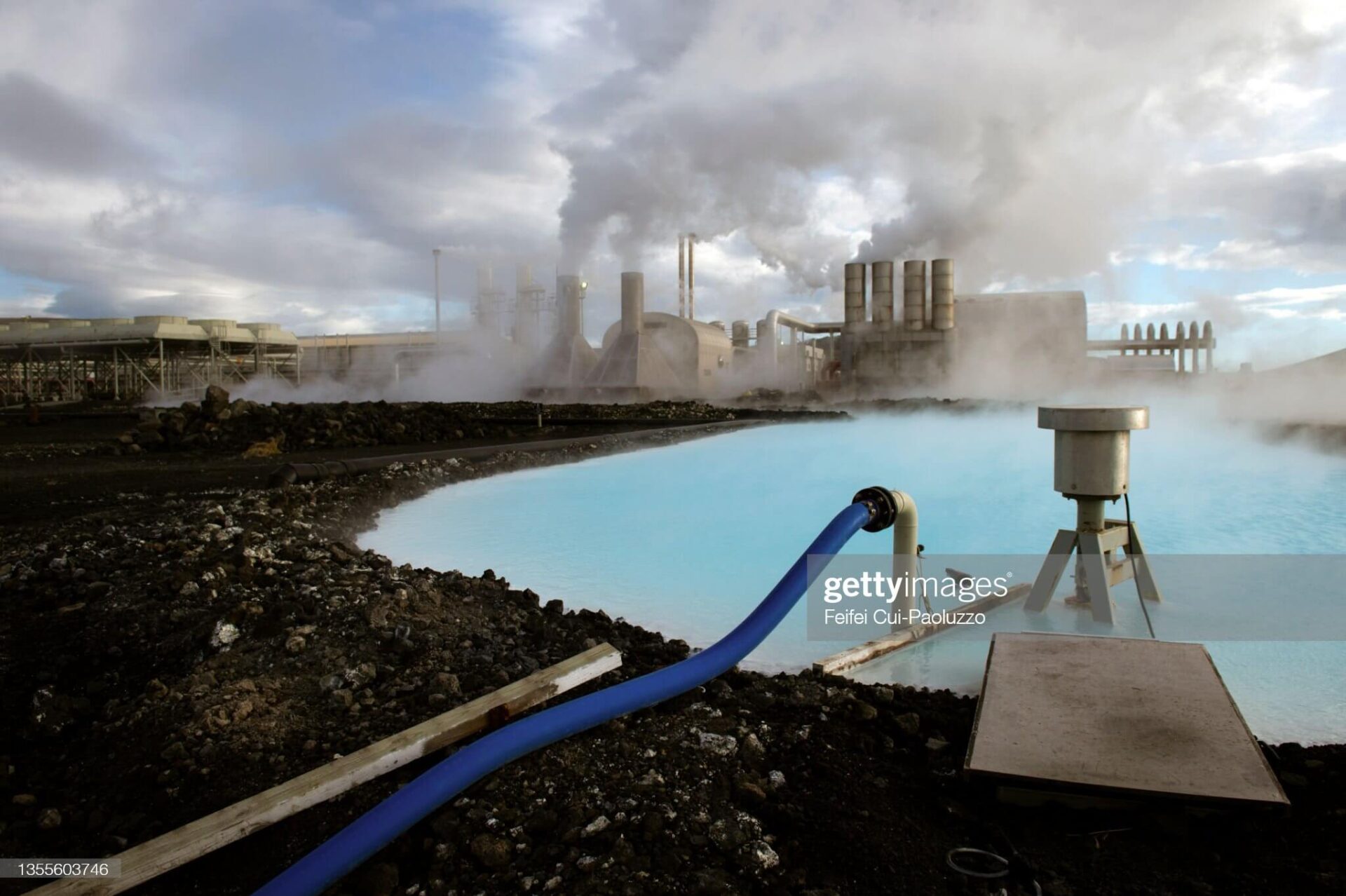- Geothermal energy is a renewable energy source that is environmentally friendly and consistently reliable.
- According to the EIA, geothermal power plants emit an average of 99% less carbon dioxide (CO2).
- The construction of geothermal power plants can affect land stability.
Geothermal energy is a renewable energy source that is environmentally friendly and consistently reliable. This heat is generated from within the earth’s surface. The underground heat will turn into steam. Then, the steam is then used to turn a turbine located above ground, which generates electricity for the grid.
Geothermal energy resources range from shallow soil to hot springs and hot rock found several miles below the earth’s surface. It can also be found deeper into the Earth’s interior due to the extremely high temperature and pressure of molten rock called magma. The heat generated by magma is a huge source of energy and can be converted into electricity.
The temperature at the Earth’s core is around 7200 degrees Fahrenheit. This is due to the decay of radioactive material millions of years ago. The high temperatures beneath the earth’s surface can generate large amounts of energy that can generate several gigawatts of electricity. Technically, geothermal energy is a renewable energy source that can produce energy as long as the earth is still around.
Read more:
Geothermal energy can be used on a large scale to generate electricity. In addition, geothermal energy can also be used on a smaller scale in homes and businesses to provide heating and cooling.
Geothermal energy is a type of energy that can really provide convenience without using a lot of fossil fuels in the process. Geothermal energy has been used for a long time, but it is not as well known as other alternative energy sources such as solar and wind power. Therefore, there are still some of the most important pros and cons associated with the use of geothermal energy. The following are the pros and cons of using geothermal energy.
The Pros of Geothermal Energy
1. Eco-friendly
Geothermal energy is environmentally friendly in all aspects of its production and use. The carbon footprint of geothermal power plants is very small. According to the EIA, geothermal power plants emit an average of 99% less carbon dioxide (CO2). Geothermal energy sources are considered to be able to help in the fight against global warming.
2. Renewable and sustainable
Geothermal energy is extracted from the earth’s core and will be available as long as the earth exists. Therefore, it is renewable and usable for roughly another 4-5 billion years. Geothermal energy is a resource that can sustain its own level of consumption. This is different from conventional energy sources such as coal and fossil fuels.
3. Huge potential
Worldwide energy consumption is currently about 17 terawatts (TW) of power from all sources, both fossil and renewable. Geothermal power plants around the world currently only produce 12.7 gigawatts (GW) of electricity. With a slightly higher installed geothermal heating capacity of 28 GWThis means there is plenty of room for additional geothermal energy generation.
Read more:
The Cons of Geothermal Energy
1. Environmental concerns
There are many greenhouse gases beneath the earth’s surface. When geothermal energy is used, some of this gas escapes to the surface and into the atmosphere. These emissions tend to be higher near geothermal power plants. In addition, the use of water is one of the biggest impacts. This is because geothermal energy uses a lot of water in the process and the like.
2. Surface instability (earthquakes)
The construction of geothermal power plants can affect land stability. In the process of building a geothermal power plant, there is a process called hydraulic fracturing. This process is an integral part of building a large-scale and efficient geothermal power plant that can trigger earthquakes.
3. High Distribution Cost
In some situations, the location of geothermal energy is located further from the population. Therefore, requires a wide distribution system network. This only adds to the overall cost of setting up the geothermal system.
References:






1 Comment